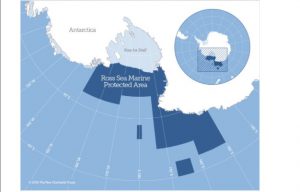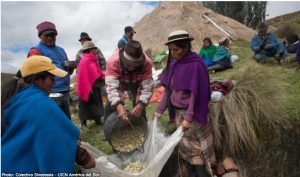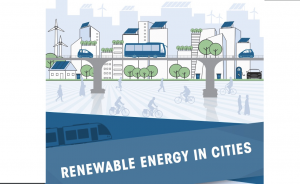. .. SUSTAINABLE DEVELOPMENT .. .
An article by Vic Shao for Green Charge
Recently, I spoke to Green Charge employees about the state of the commercial energy storage industry and my vision for our role in it. There was much room for optimism: As the cost of a kilowatt-hour of solar power has finally sunk below the average cost of a kilowatt-hour from coal, the ranks of the solar naysayers have diminished. In fact, this isn’t the first time the skeptics have been proven wrong. Since 2002, International Energy Agency (IEA) projections have repeatedly underestimated the pace of solar energy adoption.¹
So what does this mean for commercial energy storage? Though the data in Figure 1 is limited, Bloomberg has found that the adoption trajectory for lithium-ion battery storage bears a remarkable resemblance to that of solar PV.

(Click on image to enlarge)
This makes sense, since the two technologies are symbiotic: Energy storage enables solar PV users to make use of all the energy they generate and alleviates the intermittency associated with solar. Meanwhile, solar PV increases the potential savings of a battery-based storage system, because the battery can often charge from the solar panels rather than the costlier grid. So, as time passes, it gets easier to justify investing in battery-based energy storage, although, as noted in an earlier Green Charge post, it doesn’t pay to let time pass, especially when customers can take advantage of no upfront cost options such as our PEA™ as well as government incentives, which decline over time.
Beyond the solar boost, energy storage also benefits from the growing trend towards greater self-sufficiency in power generation and management. Stemming from financial and security considerations, the ambition to “own” one’s energy resources also dovetails with increasingly important corporate sustainability and social responsibility objectives.
Finally, the energy storage industry stands to gain significant leverage from the growth in electric vehicle (EV) adoption. In its latest research, Germany’s Centre for Solar Energy and Hydrogen Research Baden-Württemberg (ZSW) found that the number of EVs worldwide doubled between 2015 and 2016 to 1.3 million cars. That’s 1.3 million drivers who will be looking for economical ways to charge their vehicles. A battery-based energy storage system, charged at the cheapest rate and integrated with the EV charging station, offers the least expensive option. When the energy storage system draws on self-generated renewable sources, it is also the most environmentally friendly.
As we charge into 2017, I see bright prospects for energy storage on the horizon.
¹See Metayer, M., Breyer, C., Fell, H., “The projections for the future and quality in the past of the World Energy Outlook for solar PV and other renewable energy technologies”, Energy Watch Group, 2015, p.8, for a compilation of IEA’s World Energy Outlook projections for solar PV-sourced electricity capacity from 2002 to 2014 compared with actual capacity growth during those years.








